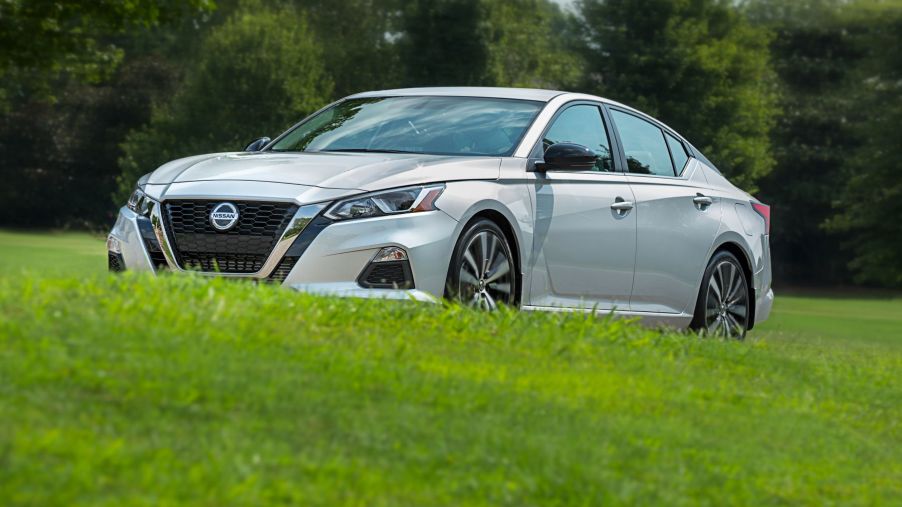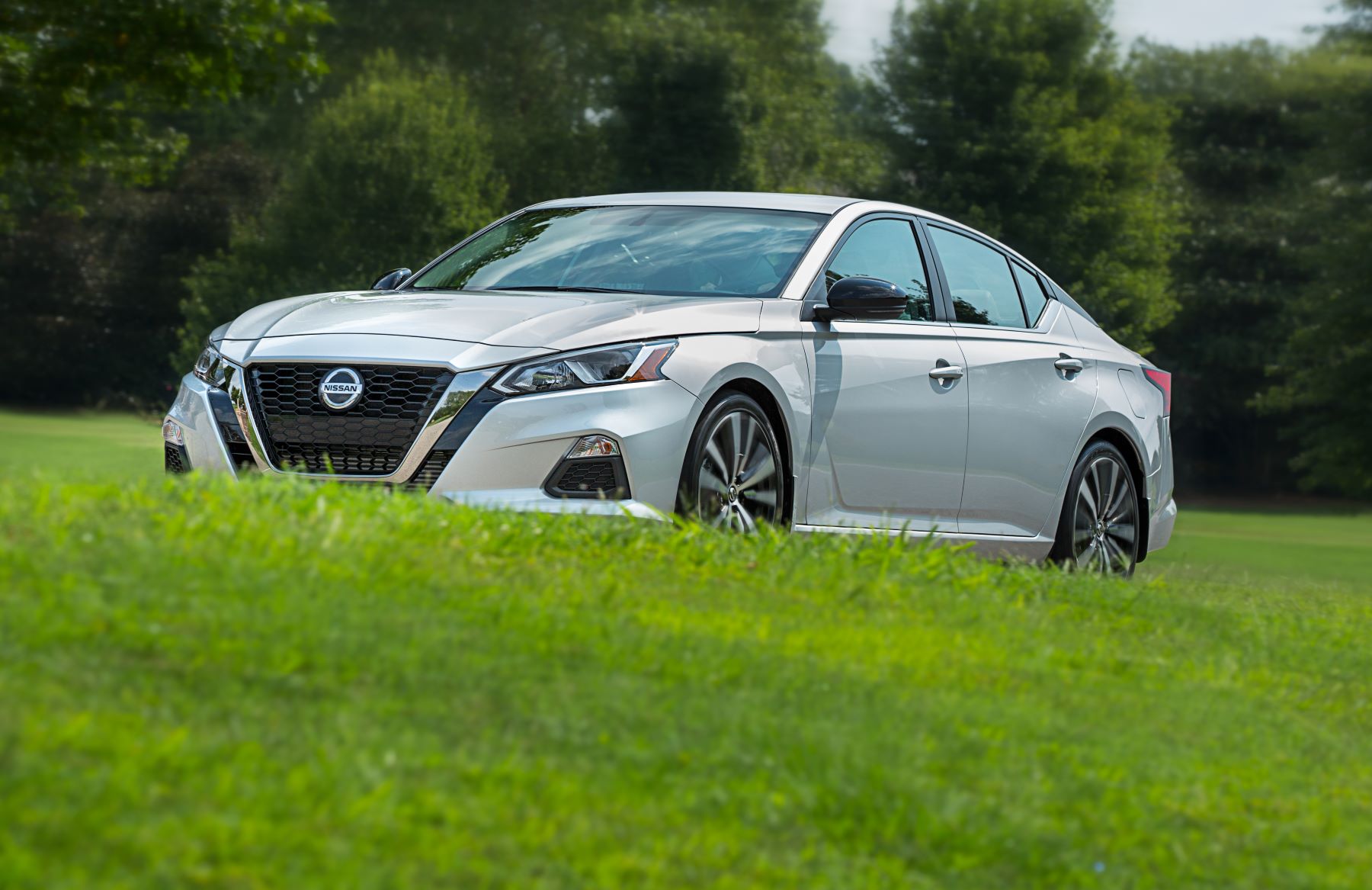
Do You Know What an Air Curtain Is or What It Does?
When researching cars and you first hear the term “air curtain,” images of airbags deploying from car windows in a crash may come to mind. Or you might think of some innovation that uses air to separate parts of the car’s cabin for more comfortable climate controls or keep the soundtrack from the kid’s movies in the back. If so, you’d be wrong. Instead, it’s a fuel economy and aerodynamics issue.
What is an air curtain on a car?

Air curtains are just one of several design tools automakers use to improve a vehicle’s aerodynamics. Other design elements that enhance aerodynamics include “lip spoilers, front diffusers, air splitters, side skirts, sculpted body panels, and canards.” Don’t be too hard on yourself if you don’t know what air curtains are because J.D. Power tells us that “air curtains are a relatively new approach to improving aerodynamics.”
What does an air curtain do?
Much of the research around aerodynamics began with high-level car racing such as Formula One and NASCAR. However, according to J.D. Power, the Ford Mustang was the first “mainstream” car to use air curtain technology to improve its aerodynamics.
The first clue that a car has an air curtain is the presence of air inlets on the front facia close to the front tires. These air inlets feed vertical slits in the inner fender designed to force a sheet of air past the front wheels, where it shields the spinning wheels from the airstream as the car goes through it.
Are air curtains effective?
Air curtains are effective, but understanding why requires understanding how air flows around a car as it drives through it. So, of course, the first thing we imagine is that air hits the front of the vehicle, then slides up over the hood and around the front fenders. If it ended there, aerodynamics wouldn’t be complicated at all.
For the sake of discussion concerning air curtains, we will not consider the aerodynamic effects of side mirrors, windshield wipers, door handles, and the nightmare of turbulence as the air leaves the back of the car. Instead, the turbulence created by the spinning wheels is pertinent to our discussion. As a car’s tires and wheels spin, they create a vortex that interrupts the air flowing past the side of the vehicle.
Air forced through the car’s facia inlets and out through the inner fender’s vertical slits just ahead of the front tires creates a curtain of air. This air curtain acts as a barrier between the car’s spinning wheels, which create turbulence, and the slipstream the car makes as it moves through the air.
Why do cars need better aerodynamics?
As stated earlier, air curtains are just one of many elements making today’s cars more aerodynamic. They make our vehicles safer, sportier, more agile, and more comfortable as we drive them. Furthermore, improved aerodynamics lead to better fuel economy and less pollution. Additionally, electric vehicles also benefit from improved aerodynamics. An EV with outstanding aerodynamics exhibits reduced drag and makes longer-range capabilities possible.



